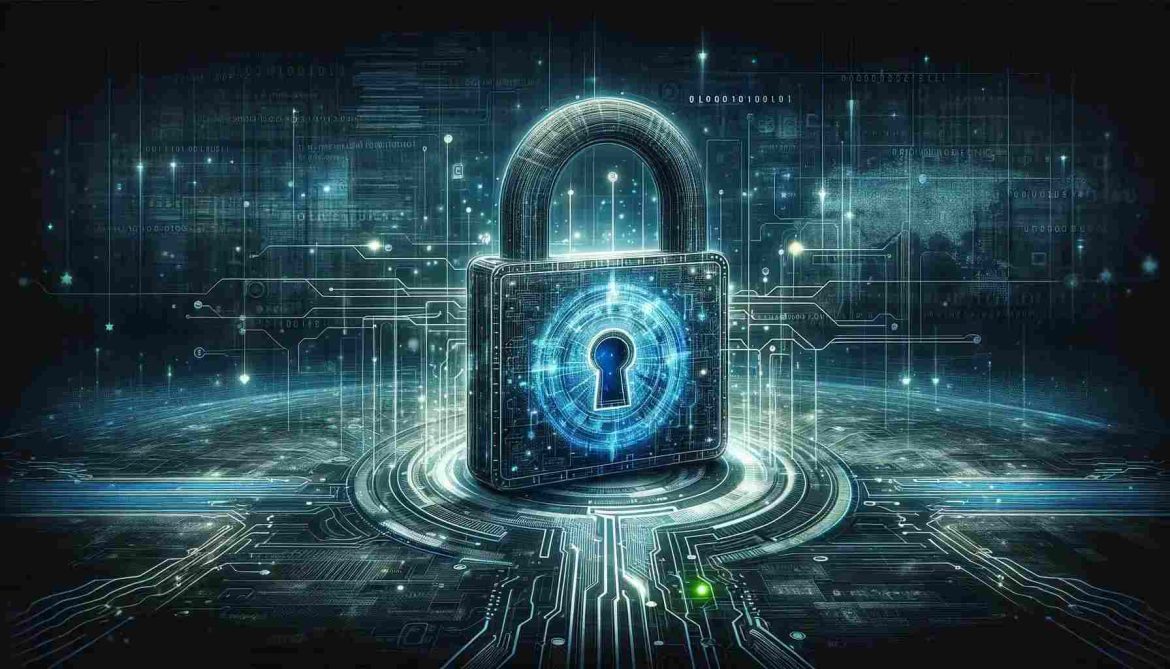Securing your personal and commercial data in our digital world is more essential than ever. Protecting sensitive data is necessary due to the rising risks of identity theft, breaches, and cyberattacks. This article examines several secure solutions to protect your data and provides tactics that both people and businesses can use.
Recognizing the Threat Environment
It’s critical to comprehend the state of digital hazards before delving into the remedies. Cyber dangers, such as ransomware, phishing, malware, etc., may take many forms. These dangers are constantly changing and getting more advanced every day. Data breaches can have serious repercussions, such as reputational harm and monetary losses.
Secure Solutions to Protect Your Information
1. Putting Strict Access Controls in Place
Implementing robust access restrictions is one of the first steps towards safeguarding your data. This entails making sure that sensitive information is only accessible to those who are authorized. Security is further improved by multi-factor authentication (MFA), which demands many kinds of verification before allowing access. Robust password regulations and biometric technologies (such as face or fingerprint identification) can also stop unwanted access.
2. Your First Line of Defense is Encryption
One effective technique for data protection is encryption. Encryption ensures that only the right person with the encryption key may access or decode data by transforming it into a safe code. This is essential for data to be protected when it is in use, in transit, and at rest. Encryption offers a robust barrier against unwanted access, whether for company databases, cloud storage, or personal devices.
3. Frequent updates and inspections of security
Audits and upgrades must be performed regularly to ensure robust security. Security audits assist in locating weak points and guarantee that the most recent security requirements are being followed, such as updating systems. Software is equally crucial as these upgrades frequently fix security flaws. A missed update might let cyberattackers in.
4. Secure Solutions for Remote Work
Securing remote access has become a priority with the rise of remote work. VPNs (Virtual Private Networks) provide a secure connection between remote employees and company networks, encrypting data transmitted over the internet. Additionally, using secure cloud services ensures that data is accessible yet protected, leveraging advanced security measures provided by cloud service providers.
5. Disaster Recovery and Backup
A vital part of any security plan is regular backups. A backup may save time and money if data is lost due to hardware malfunction, cyberattack, or natural disaster. A carefully thought-out disaster recovery plan guarantees prompt and effective restoration of operations, reducing downtime and data loss.
6. Teaching Users: The Human Factor
Human mistakes are frequently the weakest security point. It is crucial to warn consumers about the dangers and telltale symptoms of phishing, the value of utilizing secure networks, and the best ways to handle sensitive data. Frequent training sessions can dramatically lower the probability of unintentional disclosures or successful phishing attempts.
7. Secure Solutions for Particular Data Types
Various data types could call for multiple security precautions. Payment information, for example, should be secured by PCI DSS compliance, but in the United States, personal health information may need to comply with HIPAA laws. More effective security can be achieved by customizing security measures to specific categories of data.
Some Easy Secure Solution
8. Use a secure password manager
You may create distinct passwords for every account and store them in an encrypted vault with password managers such as LastPass or 1Password.
9. Turn on two-factor authentication
This will provide additional protection for your accounts and help thwart unwanted access.
10. Encrypt your devices
If your computer or smartphone is lost or stolen, you may stop data theft by encrypting them.
11. Use a VPN
By encrypting your connection, a virtual private network can help secure your data when you browse the internet.
12. Keep your software current
You can patch security flaws and protect your data by routinely updating your operating system and apps.
13. Monitor your credit report
Keeping an eye on your credit report can help you detect unauthorized activity and potential identity theft.
In summary
In today’s connected world, protecting your data is essential and a constant problem. By implementing these secure solutions, you can better protect your data and minimize the risk of falling victim to cyber threats. Substantial access restrictions, encryption, frequent audits, and user education are all important ways for people and organizations to improve their data security. Recall that, when it comes to cybersecurity, taking preventative measures instead of reactive ones may make all the difference in safeguarding your most important investments.




